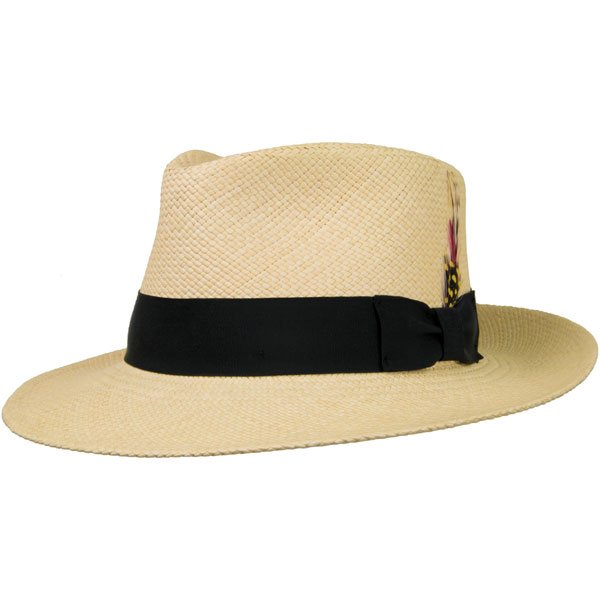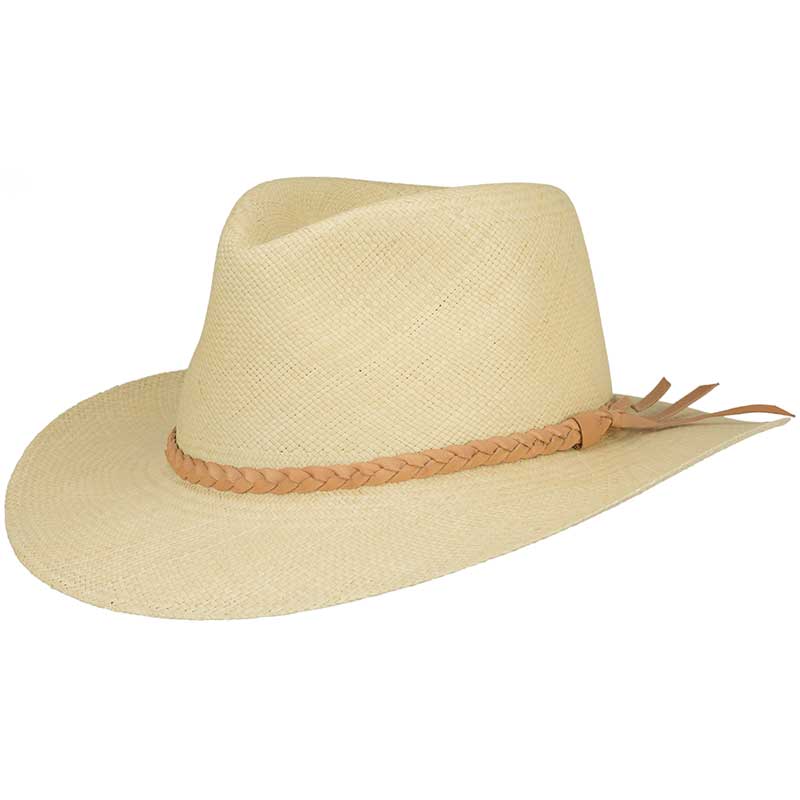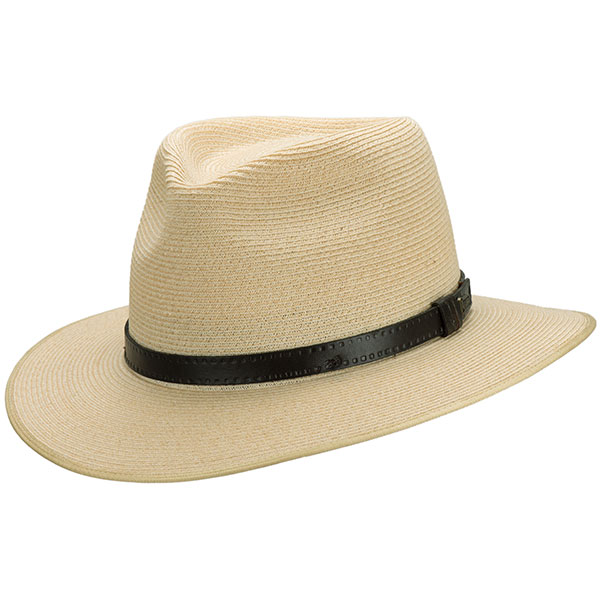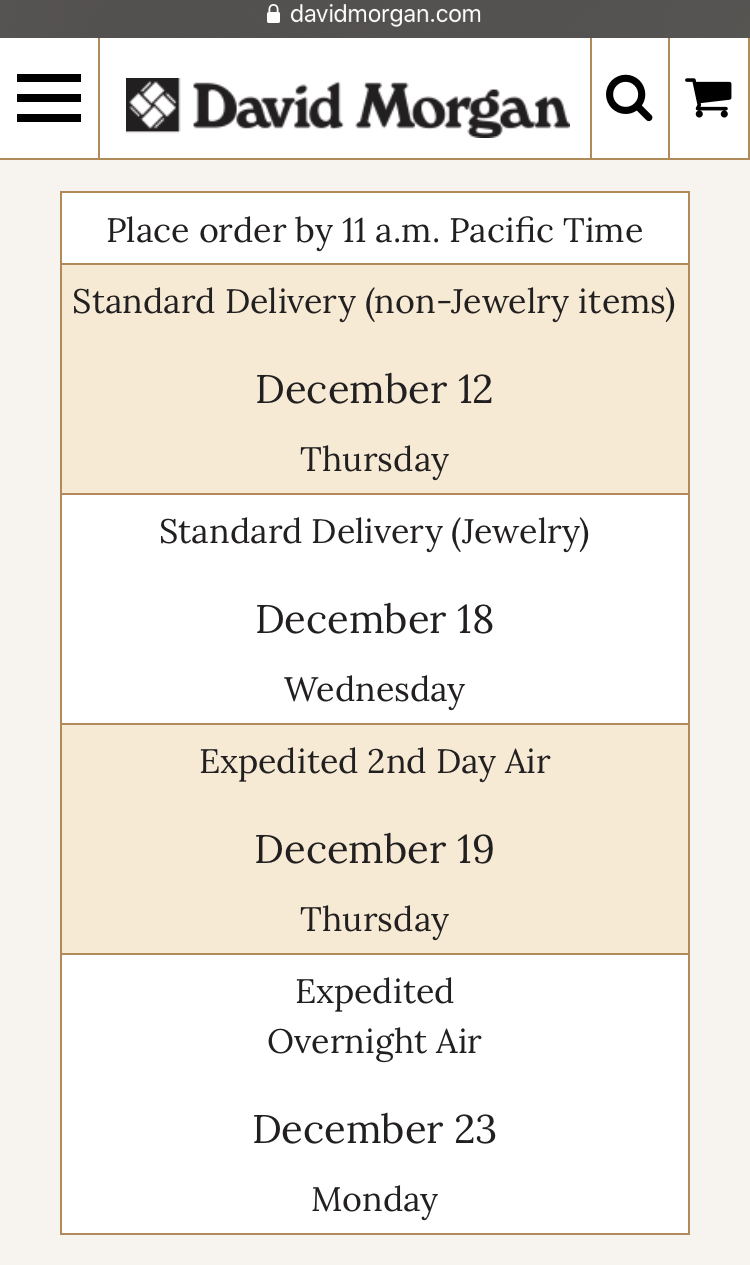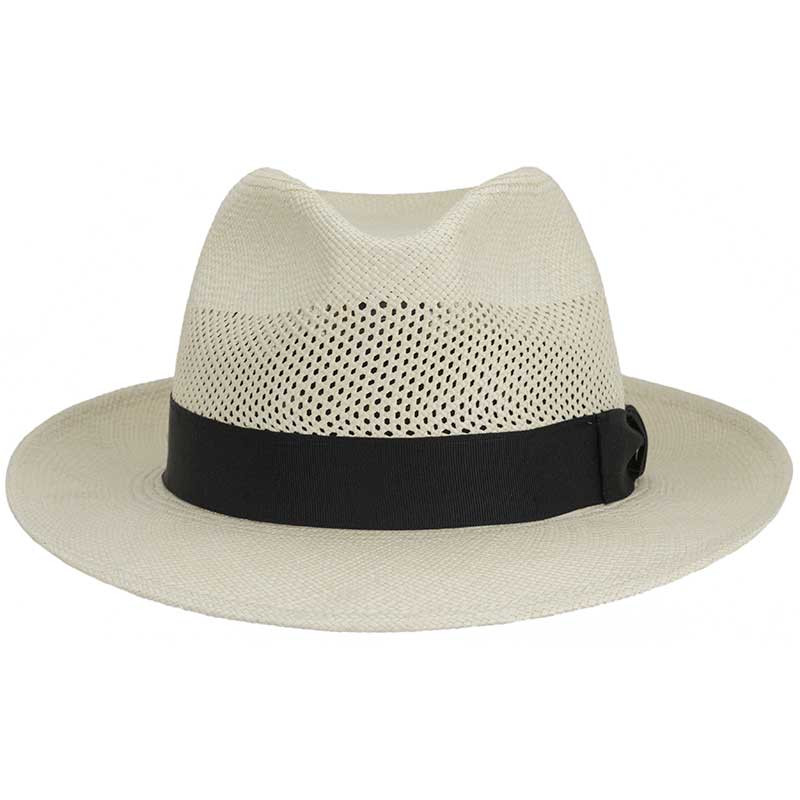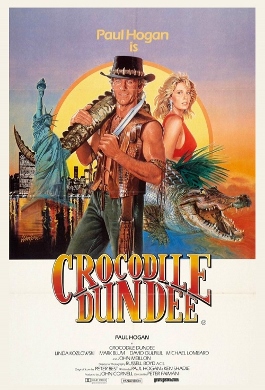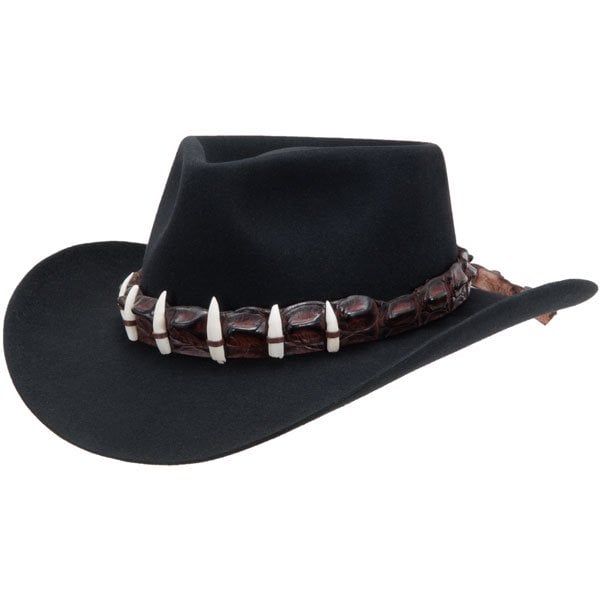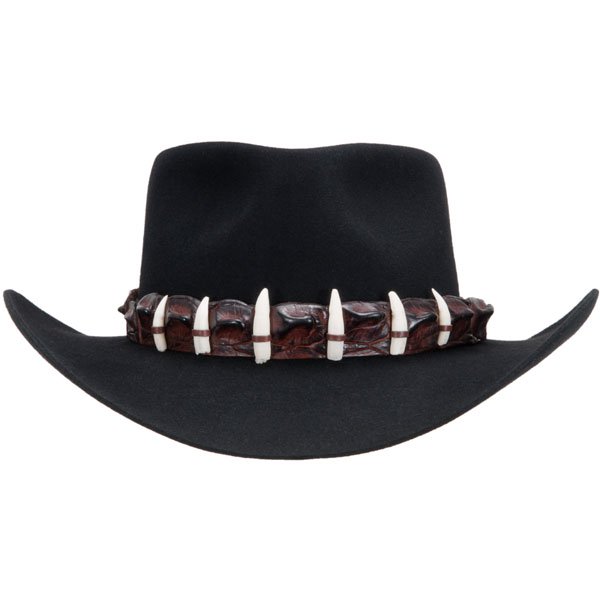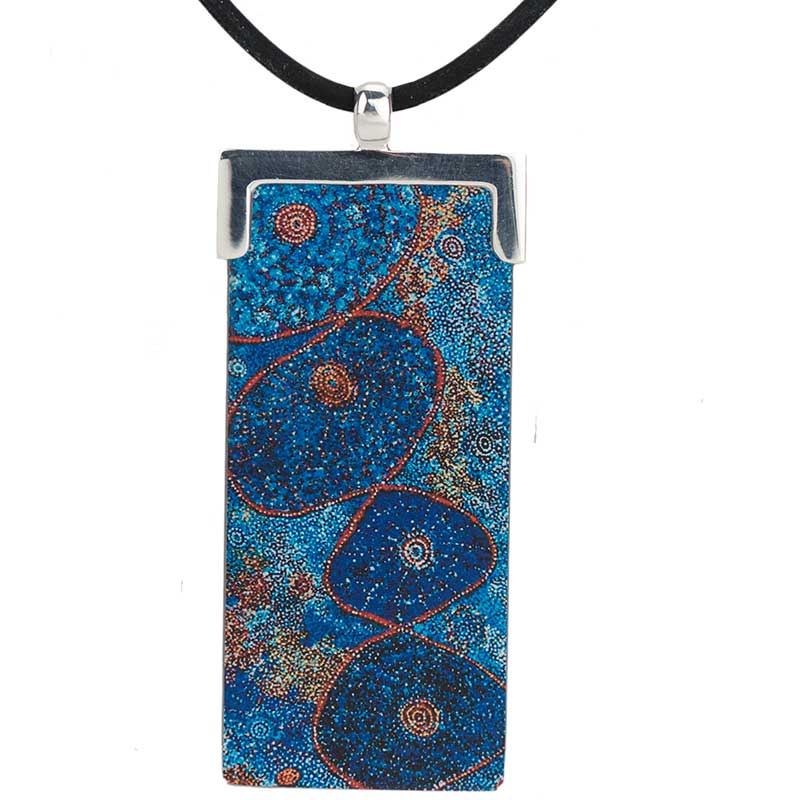We can generally say that The Dreamtime is a creation story of the Australian Aborigines. There are over 400 Aboriginal groups in Australia, each with their own beliefs, languages and practices, so one comprehensive description of the Dreamtime is impossible. The Aborigines believe that in the beginning, the land they occupied did not exist. The Aboriginals’ ancestors created the world during The Dreamtime, which is outside of our concept of time. And since it is outside of time, it is always happening and will always happen. The Ancestors vary depending on the Aboriginal tribe. Some believe the Ancestors were animal spirits while others think of them as snakes.
The Dreamtime describes how humans were created and lays down the laws, called Jukurrpa, for people to follow. These laws included how people were to behave to one another, the customs of food supply and distribution, the rituals of initiation, the ceremonies of death which are required to be performed so that the spirit of the dead travels peacefully to his or her spirit-place, and the laws of marriage.
Part of the tradition says that Ancestral Beings created powerful locations that become part of the landscape and that these reflect the power and knowledge of those Ancestors in the locations. Those locations are linked to ceremonies and performances which are tied to family groups. All of that information and knowledge becomes part of an artist’s painting when they’re making reference to their traditional country.
Like many ancient cultures, there is little distinction in Aboriginal culture between the material and the spiritual world. We in the West look at land as utilitarian, while Aboriginal cultures, like many archaic cultures, looks at land as wedded to the spiritual world. There are special places where spirits reside. Every action a human makes has repercussions both in the spiritual and material world, so it is in each person’s best interest to follow the laws and cultural knowledge expressed in The Dreamtime. Expressions of The Dreamtime can take on many forms, either through dance, orally spoken stories, music and visual arts. The traditions and ideas of The Dreamtime extend back over 10,000 years and more.
A newer chapter in The Dreamtime expression is the desert painting art movement that began in 1971 in Papunya, a town in the Western Desert about 150 miles from Alice Springs. A school art teacher, Geoffrey Bardon, undertook the painting of a school wall by his students. The older men soon took an interest and were encouraged to take over. The resulting mural became known as Honey Ant Dreaming, a traditional design. This sparked a great interest in painting and in 1972, the artists established their own company, Papunya, entirely owned and directed by Aboriginal people — mainly the Luritja/Pintupi language groups. Global recognition of these extraordinary painters soon followed.
Within a few years many aboriginal artists were painting large abstract canvases with traditional and modern designs, often conveying stories and beliefs from The Dreamtime. The designs often incorporated dots, which hearken back to the sand paintings constructed on the earth around which dancers and singers would perform ceremonies. The traditional sand paintings would be composed of circles, each constructed by hand, of a papier-mache like mixture of pulverized plant and animal material with natural pigments. Today there are several art centers scattered around the Western Desert hosting hundreds of artists. Modern acrylics are often used and give the paintings a more colorful, free-flowing nature. Yet the essence of The Dreamtime is still a focus, and painting has become an important technique for teaching children the knowledge and beliefs of their ancestors.
We invite you to explore a few Dreamtime stories through the Occulture jewelry we offer. Created by designer Lisa Engeman, Occulture is a collaboration with Australian indigenous artisans transferring ancient stories and knowledge into contemporary statement jewelry that celebrates and strengthens the songline of culture, knowledge, artists and community. The photoanodized aluminum jewelry with sterling silver fittings is handcrafted in Australia using cutting edge technology. All artwork featured in the Occulture jewelry is licensed and royalties are paid directly to the individual artist.
LEARN MORE ABOUT:
Occulture
